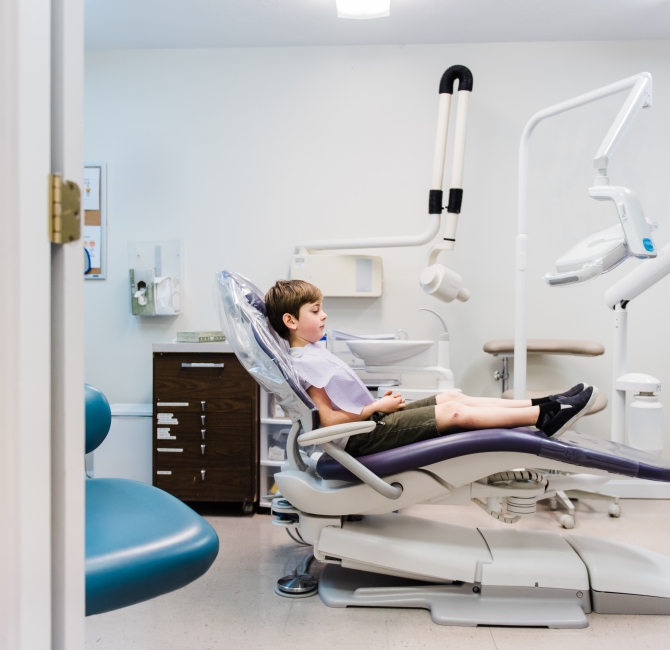Key messages
- Fifteen risk factors were associated with young-onset dementia.
- Targeting health and lifestyle factors may reduce the risk of young-onset dementia.
Background The global prevalence of dementia is expected to rise from 50 million in 2020 to 115 million in 2050. Although prevalence is highest in older people (late-onset dementia [LOD]), dementia can also occur at a younger age. Dementia that develops before the age of 65 is defined as young-onset dementia (YOD). The estimated global prevalence of YOD is 3.9 million. Although the prevalence of YOD is low compared with LOD, the personal, societal, and economic impact of YOD is high, with consequences related to employment, social life, and family responsibilities.
Modifiable risk factors for LOD have been studied extensively. However, little is known about factors increasing risk for YOD. Identifying modifiable and nonmodifiable risk factors would aid in developing targeted interventions to prevent YOD and increase the understanding of underlying mechanisms.
Objective To examine factors associated with the incidence of YOD.
Methods This prospective cohort study followed more than 356,000 participants younger than 65 years without a diagnosis of dementia at baseline from the UK Biobank study. The team evaluated various risk factors, from genetic predispositions to lifestyle and environmental influences. Data were analyzed from May 2022 to April 2023.
Findings This study identified multiple modifiable and nonmodifiable risk factors for YOD. Alcohol use, higher formal education, and lower physical frailty (higher handgrip strength) were associated with a lower risk of developing YOD. However, increased risk of YOD was associated with low socioeconomic status, genetic variation, alcohol use disorder, social isolation, vitamin D deficiency, high C-reactive protein levels, hearing impairment, orthostatic hypotension, stroke, diabetes, heart disease, and depression.
Conclusion Fifteen lifestyle and health-related factors were associated with a higher risk of YOD. Most factors are potentially modifiable and overlap with known risk and protective factors for LOD. Further research of these risk factors is necessary to identify potential underlying mechanisms. Addressing these modifiable factors may help mitigate the risk of developing YOD and can be readily integrated into current dementia prevention initiatives.



